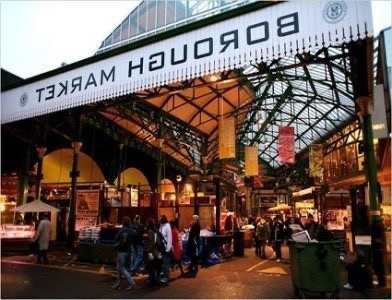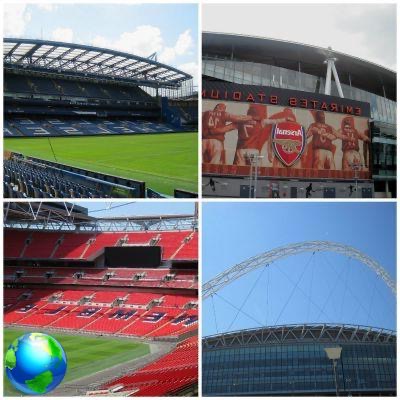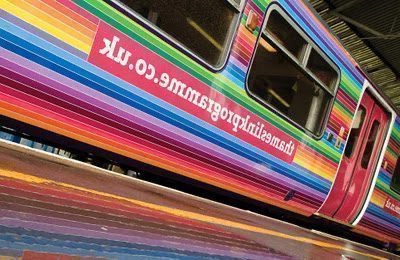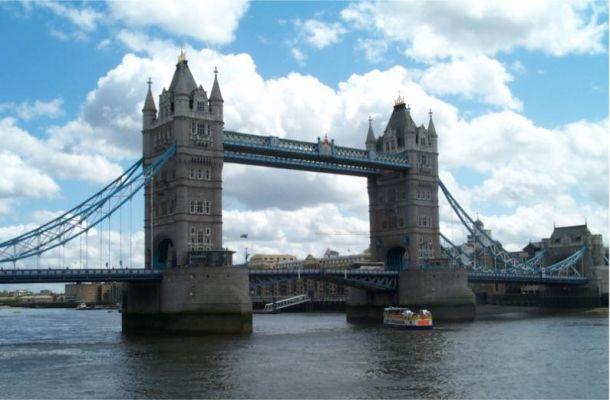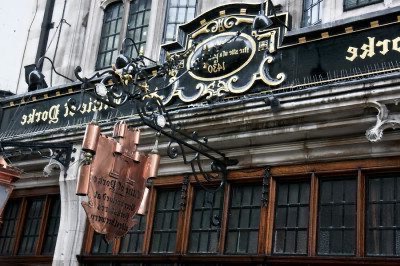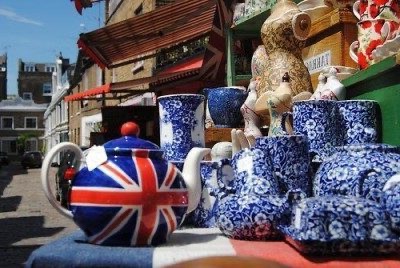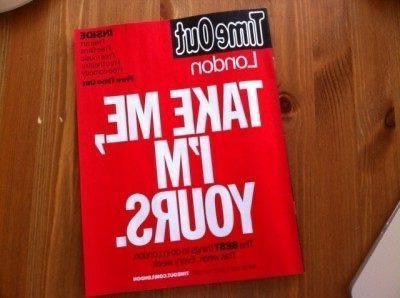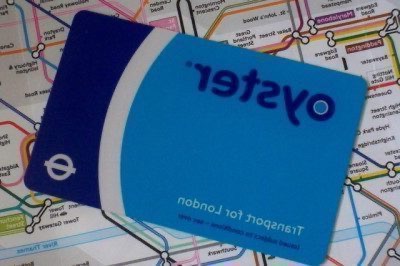
If you are a London for a pleasure trip I certainly recommend you to rely on Oyster Card Londoner. The Oyster Card is not a real subscription but more one magnetic card. You buy it at cost of £ 5 and you can add as much money as you want and then reload in case of necessity. The Oyster Card can be bought in all the underground ticket offices and in many shops that have the Oyster Card symbol on the door.pay as you go) and as you travel the money goes up (you can see your credit once you are exiting the subway as you pass the subway bar in the display in front of you).
When the credit ends the Oyster Card can be recharged at the subway ticket offices, in the automatic machines that you can always find in the subway, or online.
Her simplicity it has always been a strong point, so much so that many prefer it as a tourist card to the Travelcard and the individual travel prices of the underground in London. This card can be used on buses, Tube, DLR, London Overground and many National Rail trains for travel within the metropolitan area.
When traveling on the Tube (subway) the Oyster Card must be swiping on the magnetic reader yellow placed on the barriers at the entrance and at the exit of the stations, in this way the system recognizes the journey made and the relative amount is deducted from the credit according to the areas crossed. The affected areas have different costs.
In bus the Oyster Card must be swiped only at the beginning on the yellow player next to the driver. Trips with the Oyster Card cost significantly less than ordinary tickets. If the ordinary ticket for a short journey on the metro in zone 1 alone costs a whopping £ 4.50, with the Oyster Card the same journey costs £ 2.10. Bus tickets cost £ 2,40 for each journey but if you swipe the Oyster the deducted amount is £1.40.
In 2013 to celebrate 150 of London transport the Oyster Card gets new, here it is in preview for you.
Tickets are updated to 2013








